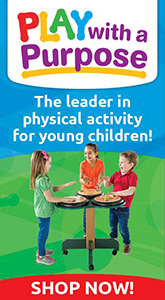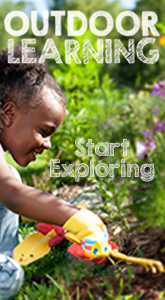Teach Peace
Jane Goodall, English primatologist and anthropologist
The book, Hearing Everyone’s Voice, by Susan Hopkins, has the subtitle: Educating Young Children for Peace and Democratic Community. In the introduction to the book, Jane Davidson writes that when she heard the book would be about young children and democracy, she “felt uncertain.” She explains that when she looked up the definition of democracy in the dictionary, the third definition “explained its pertinence to young children: ‘principles of social equality and respect for individuals within a community.’” The title’s reference to democracy and peace, writes Susan Hopkins, comes from an educator’s role in helping children learn about “empathy and concern for others,” an aspect of social development that “underlies social equality.”
Hopkins tells this story as an illustration of how teachers teach peace through helping children develop empathy:
“Children are coming over to circle time. They all want to be near the teacher who is leading the singing, so they push forward towards the center of the circle area. After half of the group is seated, there is a tight circle with little room for others. Gertha, the teacher, comments, ‘Look how crowded we are. Can everyone move back a few scoots so all our friends can sit in the circle?’ The children comply. As additional children come over, the children already seated begin pointing out spaces. ‘I love the way you are helping your friends to become part of our group,’ Gertha remarks with a smile.”
For more information about Exchange's magazine, books, and other products pertaining to ECE, go to www.ccie.com.
|
© 2005 Child Care Information Exchange - All Rights Reserved | Contact Us | Return to Site


